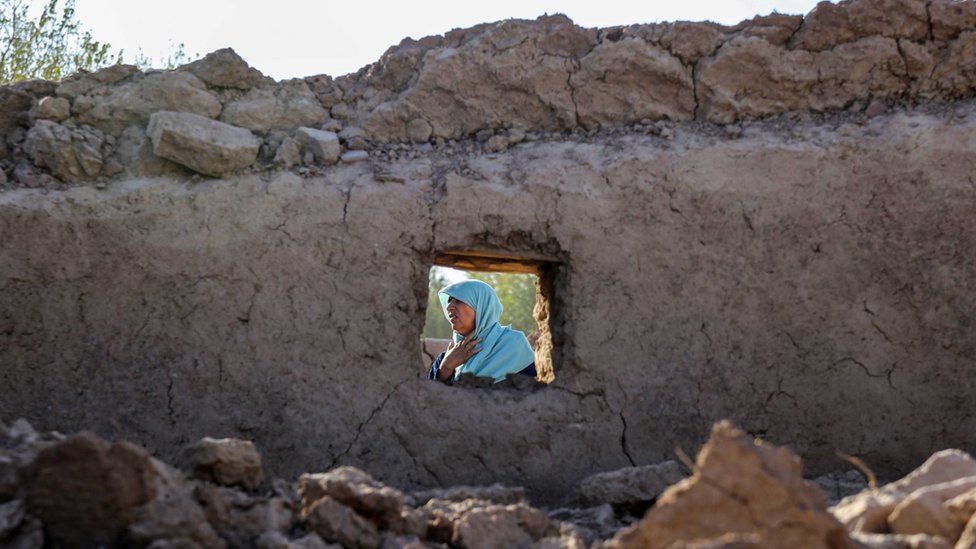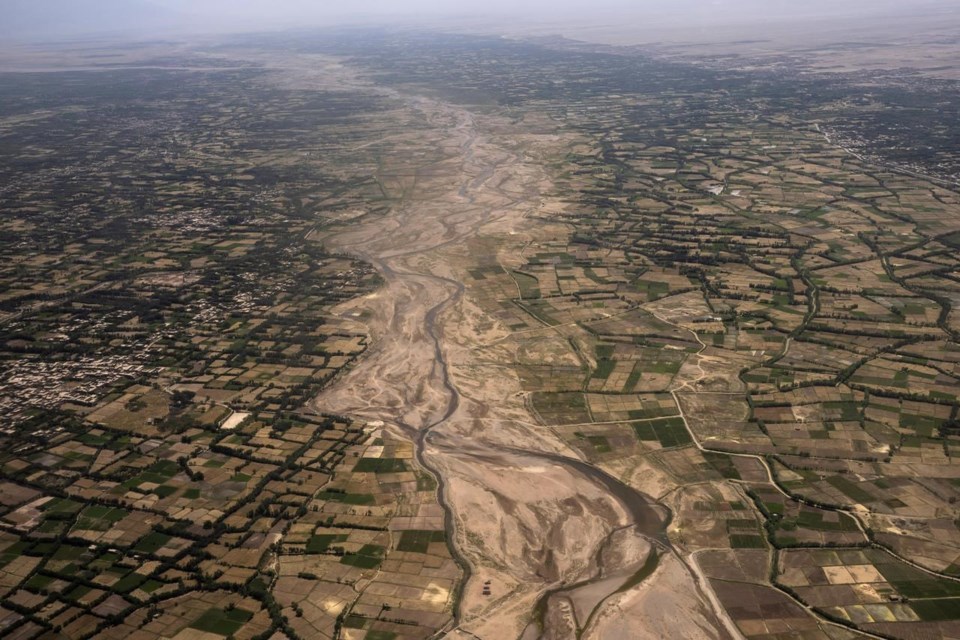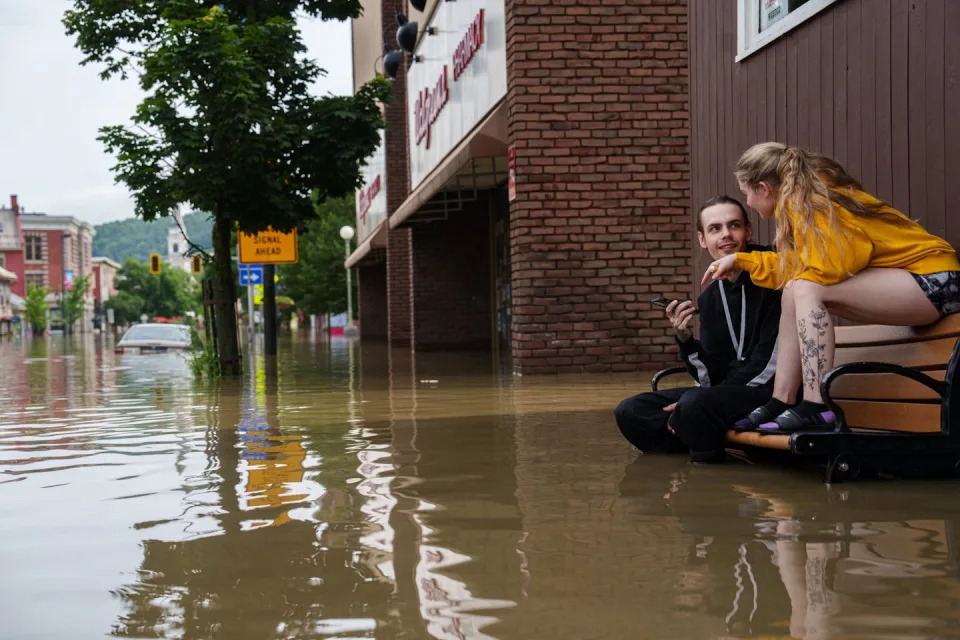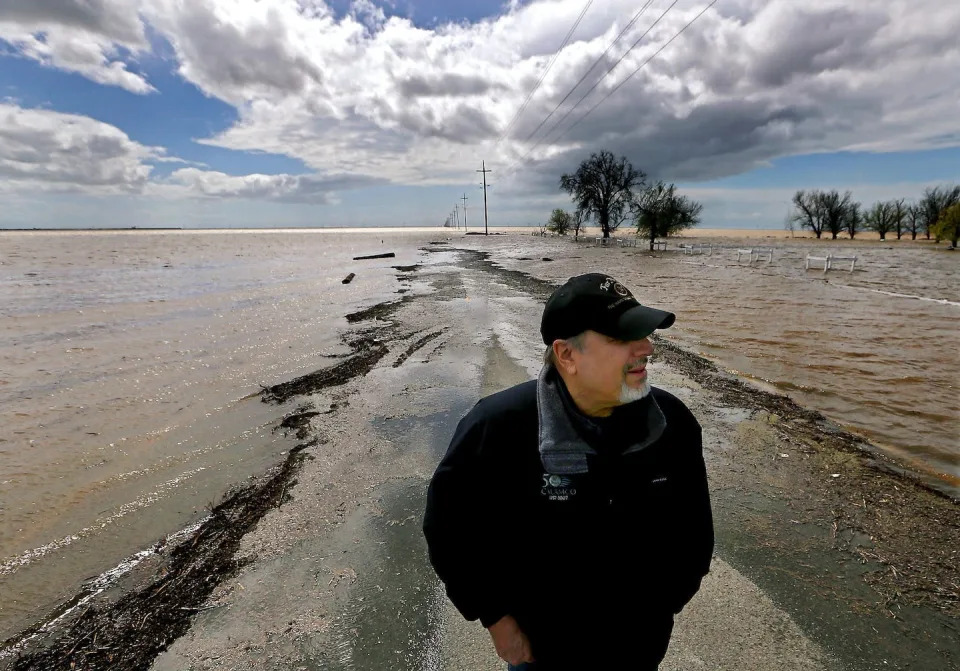By Marat Mamadshoev
An irrigation canal under construction in Afghanistan aims to transform its agricultural landscape, providing water to the millions of its citizens hit by regular droughts. Once completed, the Qosh Tepa conduit will stretch for 285 kilometres and help irrigate the country’s arid northern provinces.
Neighbouring Uzbekistan and Turkmenistan, however, are extremely concerned about the impact on their own water supplies. The canal will direct resources from the Amu Darya river and reduce the supply for the two countries, which have been siphoning water from the source since the Soviet era. Uzbekistan and Turkmenistan may lose up to 15 per cent of the current supply once the waterway is completed in 2028.
During a visit to Kabul in April, an Uzbek government delegation expressed concern about the plan to divert water to Afghanistan’s northern regions. Taleban officials responded that Kabul had as much right to access the water as its neighbours and that the three countries did not have formal agreements on its use.
The project, with a cost tag estimated at 684 million dollars, had been in the works for several years before the Taleban seized power, with the groundwork and feasibility studies initiated under Afghanistan’s former government with support from the USAID development agency .
“It is a development project for Afghanistan that should have been implemented years ago. It is understandable that the Central Asian countries will be affected by this, but Afghanistan has the right to use the water of the Amu Darya River for its development,” Najibullah Sadid, a water and environmental expert at Germany’s University of Stuttgart, told IWPR, adding that successive wars had put the project on hold.
While affirming that states had the right to use transnational rivers, Nekruz Kadyrov, a professor of international law at the National University of Tajikistan, noted that this applied to those both up and down river.
“The issue of transnational river water distribution is regulated based on interstate agreements,” he told IWPR. “For example, Tajikistan cannot violate Uzbekistan’s rights in this matter. Moreover, Afghanistan cannot ignore the rights of countries downstream. If Afghanistan or Tajikistan only considers their own interests, what will happen to the interests of Uzbeks and Kazaks?”
When they took power in August 2021, the Taleban continued the work started by the previous government; at that time, seven kilometres of the canal had been built. The construction surged ahead under their government and satellite images reveal that approximately 100 kilometres of the canal were built between March 2022 and May 2023.
AFGHANISTAN’S THIRST
Water resources are critical for Afghanistan as the country is grappling with an unparalleled humanitarian crisis: according to the United Nations’ Food and Agriculture Organization (FAO), nearly 17 million people, or 40 per cent of population, face severe food insecurity. With 80 per cent of the populace reliant on agriculture for sustenance, the impact of climate change profoundly influences crop growth periods and yields, exacerbating the peril of food shortages.
Amidst Afghanistan’s desert terrain, an abundant reserve of water resources lies untapped. Over 80 per cent of the country’s water originates in the Hindu Kush mountains, which offer a continuous flow to major rivers throughout the year as the snow melts during summer.
Yet poor supply infrastructure poses colossal challenges in guaranteeing uninterrupted access to water. Afghanistan’s history of conflict and occupation has hindered the development of extensive hydraulic structures and canals.
Some worry that the canal could inadvertently bolster the opium trade. Afghanistan is the world’s largest poppy producer. Despite the Taleban’s proclamation of a poppy cultivation ban, surging opium prices have fueled a thriving illegal trade.
The quality of the construction is a key concern. Satellite imagery suggests that building methods are rudimentary, with no real reinforcement or lining for the canal’s bottom and banks.
That poses the risk of significant water losses due to seepage into the dry, sandy soil, which would exacerbate already pressing issues of salinisation and waterlogging in irrigated lands. Indeed, according to Sadid, recent developments indicate erosion in parts of the canal’s diversion dam.
THE POLITICS OF WATER
The Amu Darya river provides 80 per cent of all accessible water resources in the region. Some assessments suggest that in the span of five or six years, upon the canal’s completion and operation, the average amount of water flowing along the river into Turkmenistan and Uzbekistan will fall to 50 per cent of its overall capacity. Others, like Sadid, set the estimate at about 15 per cent.
In Uzbekistan, this would mean a dearth of vital water resources to irrigate its cotton plantations, the primary agricultural crop accounting for approximately 17 per cent of gross domestic product (GDP). Overall, agriculture is central to the livelihoods of nearly 40 per cent of the population.
According to the Uzbekistan Statistical Committee, the nation’s annual water consumption stands at an average of 51 billion cubic metres, with agriculture alone accounting for about 90 per cent, mostly for watering cotton fields. The cultivation of cotton has already contributed to the region’s largest environmental calamity, the desiccation of the Aral Sea.
The problem is equally acute in Turkmenistan, where the Amu Darya feeds into the Karakum Canal, enabling irrigation and navigation along its 1,300km length and sustaining approximately 1.25 million hectares of irrigated land. Agriculture consumes 91 per cent of all the country’s water resources.
Fluctuations in the river level are already causing problems. In June 2023, for instance, farmers in Turkmenistan’s northeastern region of Lebap Velayat struggled to irrigate their cotton fields because of insufficient water reaching the area. This presents a problem for the government, which promises farmers irrigation water, fertilisers, seeds, and agricultural machinery in return for providing specific crop quantities at predetermined prices.
With climate change exacerbating water scarcity, any reductions in supply could damage both countries’ agriculture and food security.
THE NEED FOR INTERNATIONAL AGREEMENTS
The absence of robust legal mechanisms governing water processes in the region, which affects water intake and river management, complicates the situation.
Afghanistan is not party to the 1992 Convention on the Protection and Use of Transboundary Waters (1992), which serves as a cornerstone of transboundary river and lake management. Nor is it part of the 1992 Almaty Agreement, which governs river use, while an earlier 1946 agreement with the USSR is no longer valid.
There is certainly room for negotiation, as Afghanistan depends on its neighbours for other vital resources. For example, Uzbekistan provides Afghanistan with electricity, while Turkmenistan supplies it with gas.
But climate change is likely to add pressure and governments need to look beyond international agreements and adopt sustainable farming techniques, such as crop diversification, and sustainable irrigation methods, such as drip irrigation systems and the reuse of collector and drainage water.
Sadid noted that, due to the rapid melting of the glaciers in the Pamirs, the water in the Amu Darya River will increase until 2050. However, this means it will then start shrinking, exacerbating disputes over water.
Upgrading the irrigation systems in the wider region is key.
“For example, Uzbekistan and other countries in the region should work on improving irrigation technology and enhancing it,” Sadid continued. “If we do not upgrade the irrigation system, undoubtedly, there will be more conflicts and disputes over water in the region.”
About the author: Marat Mamadshoev is IWPR Tajikistan’s Chief Editor
Source: This publication was published by IWPR and prepared under the “Amplify, Verify, Engage (AVE) Project”implemented with the financial support of the Ministry of Foreign Affairs, Norway.

IWPR
The Institute for War & Peace Reporting is headquartered in London with coordinating offices in Washington, DC and The Hague, IWPR works in over 30 countries worldwide. It is registered as a charity in the UK, as an organisation with tax-exempt status under Section 501(c)(3) in the United States, and as a charitable foundation in The Netherlands. The articles are originally produced by the Institute for War and Peace Reporting.









